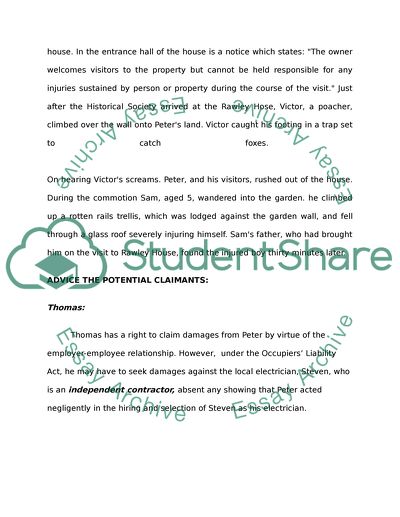Cite this document
(“Tort assignment Essay Example | Topics and Well Written Essays - 2500 words”, n.d.)
Retrieved from https://studentshare.org/miscellaneous/1537425-tort-assignment
Retrieved from https://studentshare.org/miscellaneous/1537425-tort-assignment
(Tort Assignment Essay Example | Topics and Well Written Essays - 2500 Words)
https://studentshare.org/miscellaneous/1537425-tort-assignment.
https://studentshare.org/miscellaneous/1537425-tort-assignment.
“Tort Assignment Essay Example | Topics and Well Written Essays - 2500 Words”, n.d. https://studentshare.org/miscellaneous/1537425-tort-assignment.


